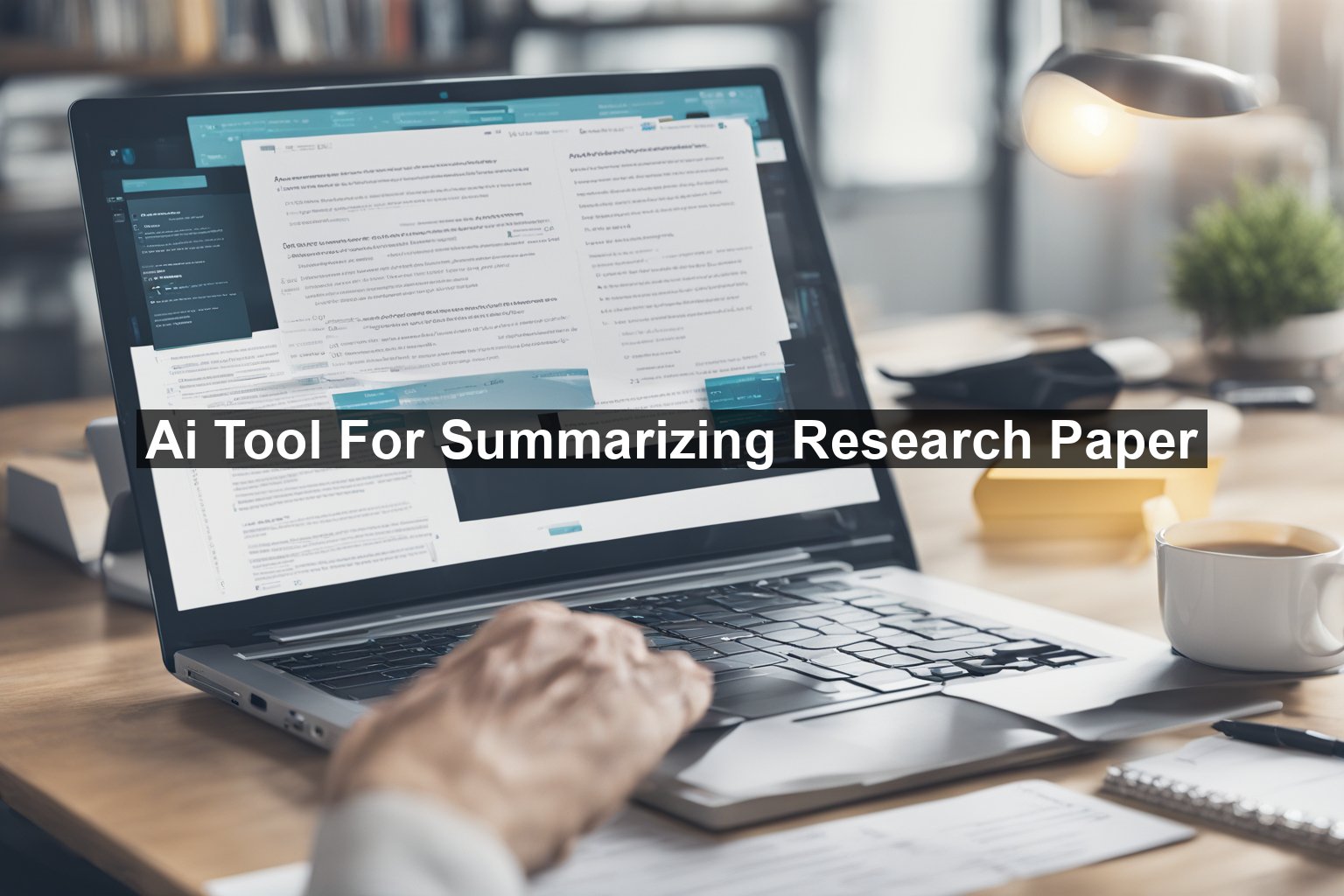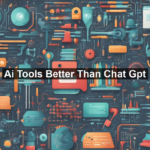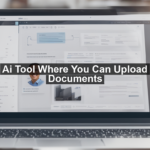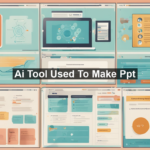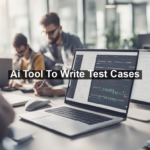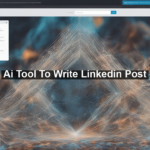Imagine the hours of reading, analyzing, and processing multiple research papers could be cut down drastically. Enter AI tools for summarizing research papers. These handy digital assistants promise to revolutionize how academics, students, and professionals process scholarly information. In this blog, we’ll delve into how AI tools are transforming the academic landscape, answering some common questions, and giving you practical advice on incorporating these tools into your routine.
## How Do AI Tools for Summarizing Research Papers Work?
AI tools deployed for summarizing research papers employ advanced algorithms and machine learning techniques. These algorithms are designed to identify key concepts, significant findings, and essential details from voluminous texts. The essence of the research gets distilled into concise summaries, saving you valuable time and effort.
### Natural Language Processing (NLP)
The cornerstone of these AI tools is **Natural Language Processing (NLP)**. NLP enables machines to understand and interpret human language contextually.
– **Keyword Extraction**: The AI scans the text to pinpoint essential keywords and phrases.
– **Contextual Understanding**: It considers the context in which words and phrases appear to generate coherent summaries.
– **Elimination of Redundancies**: The AI filters out repetitive information to produce concise summaries.
### Machine Learning
Machine Learning models get trained on a large corpus of academic papers. Over time, these models become proficient at identifying the structure and nuances commonly found in academic texts. This improvement translates into more accurate summaries.
## Why Should You Use AI Tools for Summarizing Research Papers?
### Save Time
One of the biggest perks is the amount of time you save.
– **Quick Summaries**: Instead of spending hours reading, you can get a summary in minutes.
– **Focus on Interpretation**: Spend your saved time analyzing the data rather than understanding the bulk of it.
### Enhance Productivity
Imagine processing multiple papers in the time it used to take you to read just one. This enhancement contributes significantly to productivity, whether you’re a student, a researcher, or a professional in a related field.
### Better Retention
Complex academic texts can sometimes be challenging to understand and remember. AI tools break down information into simpler, more digestible formats, aiding better retention and comprehension.
## Top AI Tools to Consider
### Scholarcy
Scholarcy offers impressive summarization capabilities. It extracts essential teachings, identifies critical figures, and organizes references logically. This tool is particularly useful for those inundated with extensive research papers.
### Paperpile
Paperpile not only simplifies research paper management but also highlights key points and ideas. It’s a robust tool contributing to seamless academic research.
### Quillbot
Quillbot provides succinct summaries while maintaining the essence and nuances of the original text. It’s user-friendly, making it an excellent option for students and professionals alike.
For more in-depth understanding, you may refer to [Google Scholar](https://scholar.google.com/) for detailed papers and [Nature Journals](https://www.nature.com/) for the latest academic findings.
## Practical Tips for Using AI Tools Effectively
### Combine with Traditional Methods
While AI tools offer quick and reliable summaries, combining them with traditional reading methods will yield the best results. Skimming the summaries first can highlight which sections to read in detail.
### Customize Output
Some tools allow customization settings, such as summary length and complexity. Tweak these settings to match your specific needs.
### Verify Information
AI-generated summaries should not replace full reading when critical assessment and understanding are required. Always verify the information from the original sources.
## Potential Pitfalls and How to Avoid Them
### Reliability
AI tools are not infallible. They might occasionally miss significant points or misinterpret contexts. Always verify critical information.
### Over-reliance
Using these tools excessively without engaging with the complete text can hinder your critical thinking and analytical skills. Balance is key.
### Data Security
Make sure the AI tool complies with data security norms to protect sensitive research material.
## Future of AI in Academic Research
The integration of AI in academic research promises to automate and streamline various tasks, from literature reviews to data analysis. Upcoming advancements might include:
– **Advanced Semantic Analysis**: Improved understanding of the text’s deeper meanings.
– **Real-time Updates**: Instant summaries of new research as soon as it becomes available.
– **Collaborative Platforms**: Tools that allow multiple users to integrate and collaborate on summarizing and analyzing research.
### Further Reading
For a deeper dive into AI’s role in summarizing academic texts, you can visit [AI.gov](https://www.ai.gov/), which offers resources and news about the latest advancements.
AI tools for summarizing research papers are no longer just an academic luxury but are becoming an essential part of modern research methodologies. With these tools, the vast ocean of information becomes more navigable, allowing you to focus on what truly matters.
Save time, enhance productivity, and better comprehend complex academic research by incorporating AI tools into your academic workflow.
